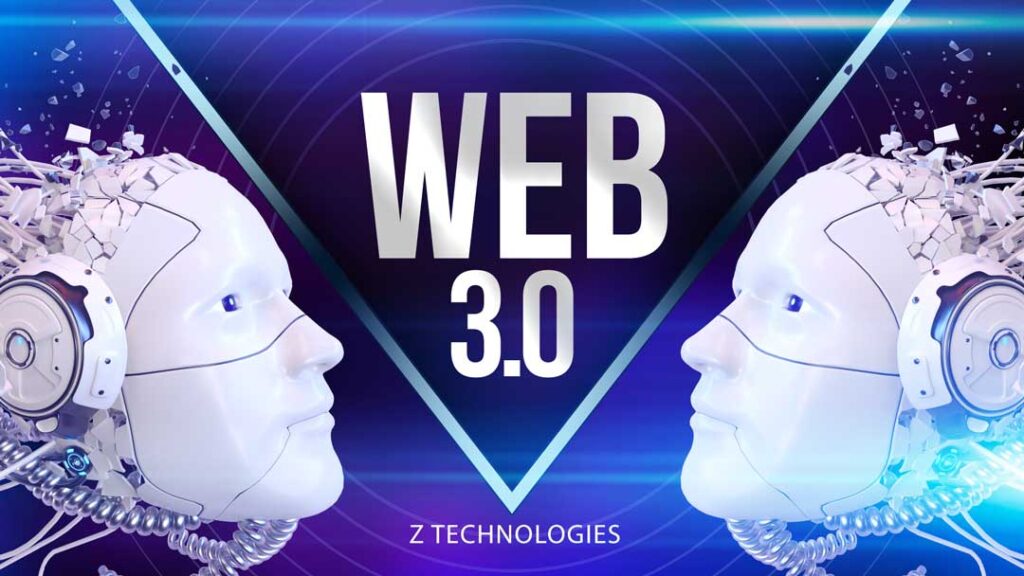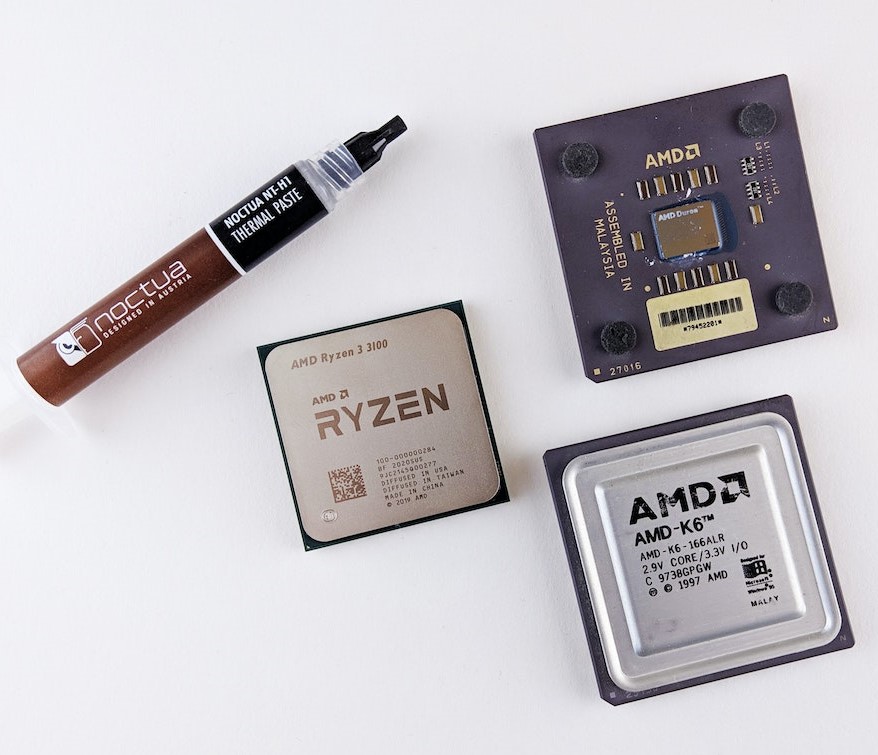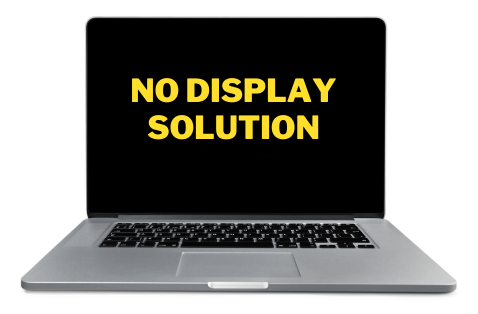Running both macOS and Windows 10 on a single computer may
seem like a daunting task, but it’s entirely possible thanks to various methods
and software solutions available today. Whether you’re a developer who needs
access to both environments, a gamer who wants the best of both worlds or
someone curious about exploring different operating systems, this article will
guide you through the process of setting up a dual-boot system with macOS and
Windows 10.
Important Note: Before you begin, ensure that you have a
backup of all your important data. Changing your computer’s operating system
can lead to data loss if not done correctly.
Check Hardware Compatibility
macOS is designed to run on Apple hardware, so installing it
on non-Apple PCs (often referred to as “hackintosh” builds) can be
challenging. Visit websites and forums dedicated to hacking to see if your specific
hardware is supported and to find compatible drivers.
Create a Backup
As mentioned earlier, creating a backup of your data is
crucial. Use an external hard drive or cloud storage to back up all your
important files, so you can restore them in case anything goes wrong during the
installation process.
Prepare Installation Media
Create macOS installation USB drive. You can create one by
downloading macOS from the Apple App Store and using software like
“DiskMaker X” or “Etcher” to make a bootable USB drive.
Follow online guides for detailed instructions.
Partition Your Hard Drive
You’ll need to partition your hard drive to create space for
macOS. Use Windows’ built-in Disk Management tool to shrink your existing Windows
partition and create a new one for macOS. Make sure to allocate enough space
for both operating systems and any additional software you plan to install.
Install macOS
Insert the macOS installation USB drive and restart your
computer and boot from the USB drive. During installation, format the partition
you created for macOS and install the operating system on it.
Set Up Dual Boot
Once macOS is installed, you’ll need a boot manager to
switch between macOS and Windows. Popular options include Clover and OpenCore
for hackintosh builds. These boot managers allow you to choose the operating
system you want to use when you start your computer.
Install Windows 10
After setting up the boot manager, it’s time to install
Windows 10. Use a Windows 10 installation USB drive and follow the standard
installation process. Install Windows on the partition you allocated for it
earlier.
Configure Dual Boot
After installing both macOS and Windows, you can configure
the boot manager to show a menu at startup, allowing you to choose between the
two operating systems. Make sure to install any necessary drivers for both
macOS and Windows to ensure proper functionality.
Maintaining Your Dual-Boot System
Keep in mind that updating either macOS or Windows may
affect your dual-boot setup. It’s essential to research and follow guides on
how to safely update each operating system without breaking the dual-boot
configuration.
Conclusion
Running macOS and Windows 10 on the same computer can be a
rewarding experience, providing access to the strengths of both operating
systems. Always consult guides and forums specific to your hardware and
software versions to ensure a smooth installation and dual-boot setup. With
patience and diligence, you can enjoy the benefits of having both macOS and
Windows 10 at your fingertips on a single machine.




